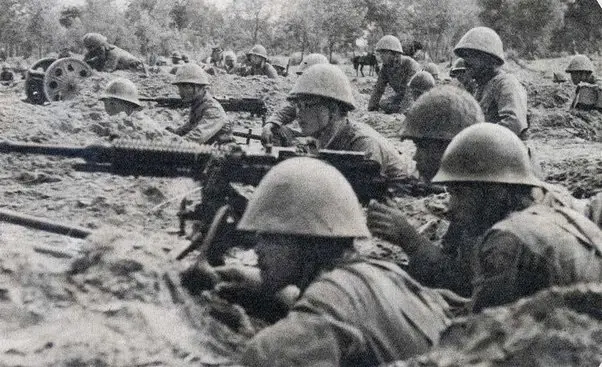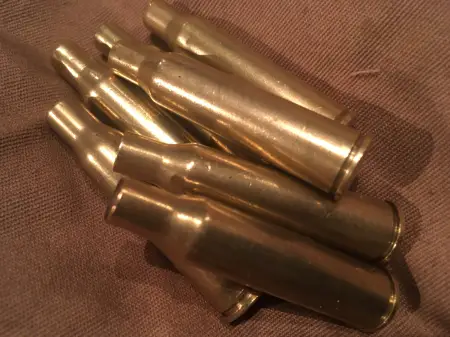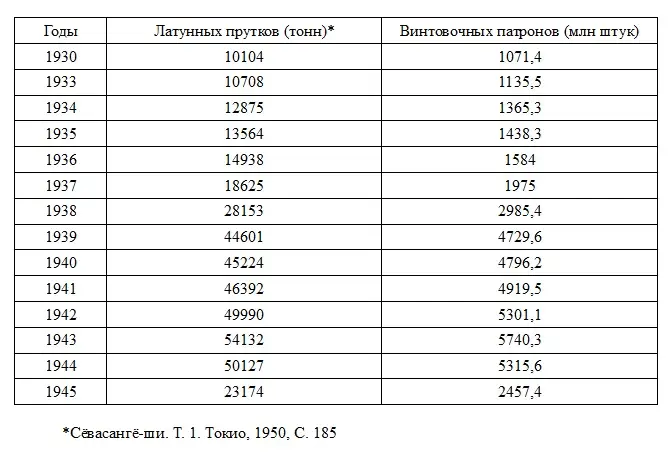When did the Japanese decide to enter the big war?

Study of various rare and very hard-to-find materials on stories economics during the war sometimes leads to valuable and interesting finds. These finds raise no less interesting questions and push for further deepening of the topic, because these questions go beyond the generally accepted interpretation of historical events.
In 1950, the three-volume work Showasangyo-shi, or Industrial History of the Showa Era, was published in Japan. Showa was the slogan of Emperor Hirohito's reign from 1926 to 1989. In official use, dates are given in the format “Showa 16th year” (1941), and the compilers of this work also took the reign of their emperor as a chronological framework.
This three-volume book is an extensive and detailed examination of industrial development from the late 1920s to the mid-1940s, precisely the interwar and wartime periods of interest to us. It contains a lot of statistics and tables that provide a continuous series of figures, which is very important for tracking the dynamics of development of a particular industry. Apparently, Japanese industrial administrators immediately after the war had nothing to do, and they sat down to comprehensive reporting.
This book has everything about everything, but my gaze focused on the table for the production of copper and its alloys, in particular bronze and brass.
The data on copper and brass has kindly been divided into types of semi-finished products: strips, tubes, rods and wires.
The most interesting was the data on the production of brass rods. There was a sharp and clearly visible jump in their output.
Brass sleeves
The brass rod is, of course, a cartridge-made product. The sleeves were made from a blank cut from a rod of a certain diameter. This was the most economical technology compared to cutting blanks from strips; it produced almost no waste.
Now we need a coefficient to convert the weight of brass rods into cartridge cases.
In general, a review of the huge and detailed tables in Showasangyo-shi convinces me that somewhere the Japanese have detailed statistics on the production of ammunition by type, but I have not yet come across it. Therefore, for analysis we will accept a conditional conversion into a cartridge case of a 6,65 mm rifle cartridge for the Arisaka rifle. The assembled cartridge weighed 22 grams, of which 10,5 grams was the bullet, 2,07 grams was the gunpowder charge.
Therefore, the weight of the empty cartridge case is 9,43 grams.
Thus, each ton of brass rods produced 106 cartridge cases of conventional rifle cartridges. Probably still somewhat less, taking into account the inevitable technological losses and defects, but it’s enough for us, since we’ll still be rounding.

The information can be presented in a table in which the years of the Showa era are converted into our chronology:

Now you can compare the release with known historical events.
The jump in production in 1937 is the beginning of the Sino-Japanese War, the battle for Shanghai in August - November 1937 and the capture of Nanjing in December 1937.
The second surge in production in 1938 was a large-scale offensive in central China that ended in November 1938 after Chiang Kai-shek left Wuhan.
But the sharp jump in production in 1939 looks very mysterious.
Firstly, output increased 1,58 times compared to the previous year.
Secondly, as you can see in the table, it was in this year that it reached almost the level at which the production of cartridges remained during the Second World War and did not decline until 1945.
In China at this time, the Japanese carried out private offensive operations, for example the Nanchang operation, the first Changshai operation. You can also remember the battles at Khalkhin Gol in May - September 1939. But this can hardly be the reason for a sharp increase in the production of cartridges, actually bringing it to a level that meets the needs of a major war.
Traces of a decision
In my opinion, at the end of 1938, a fundamental decision was made in Japan to enter into a major war in the near future, which would require a much greater expenditure of ammunition. This decision was immediately implemented in the form of a sharp increase in production.
For Japan at that time, such a “jerky” nature of economic management, clearly visible in statistics, was very typical. Without hesitation, they expanded and curtailed the production of the products they needed, which, obviously, was achieved by attracting a large number of small plants and factories, which could, with moderate capital investments, increase or reduce capacity, master the production of one or another product. A small factory was relatively easy to create and just as easy to liquidate.
4,7 billion units of conventional rifle cartridges in 1939 is a lot. For comparison: in 1943, the USSR produced 3,1 billion pieces of rifle cartridges, and in 1944 - 3,5 billion pieces of rifle cartridges.
The Japanese military command decided to prepare for war very seriously and provide itself not only with ammunition production capacity, but also with a decent supply, which could amount to an annual or even two-year estimated requirement.
No matter what is stated, no matter what maneuvers the Japanese government and its diplomats carried out in the pre-war years, nevertheless, the sharp increase in the production of brass rods, that is, the production of cartridges, in 1939 is a consequence of a firmly made decision to fight, and to fight in large numbers. scale, which, according to the conditions of that time, provided for indispensable participation in the world war.
Information